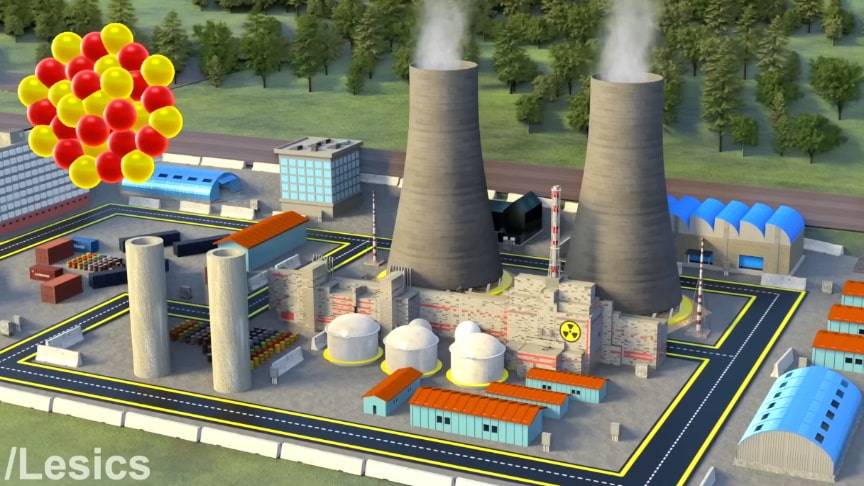Nuclear fuel is material used in nuclear power stations to produce heat to power turbines. Heat is created when nuclear fuel undergoes nuclear fission.Most nuclear fuels contain heavy fissile actinide elements that are capable of undergoing and sustaining nuclear fission.
The three most relevant fissile isotopes are uranium-233, uranium-235 and plutonium-239. When the unstable nuclei of these atoms are hit by a slow-moving neutron, they frequently split, creating two daughter nuclei and two or three more neutrons. Let’s learn about various options of nuclear fuel and their possibilities in this video from Lesics:
In that case, the neutrons released go on to split more nuclei. This creates a self-sustaining chain reaction that is controlled in a nuclear reactor, or uncontrolled in a nuclear weapon. Alternatively, if the nucleus absorbs the neutron without splitting, it creates a heavier nucleus with one additional neutron.
Advertisement
The processes involved in mining, refining, purifying, using, and disposing of nuclear fuel are collectively known as the nuclear fuel cycle.











